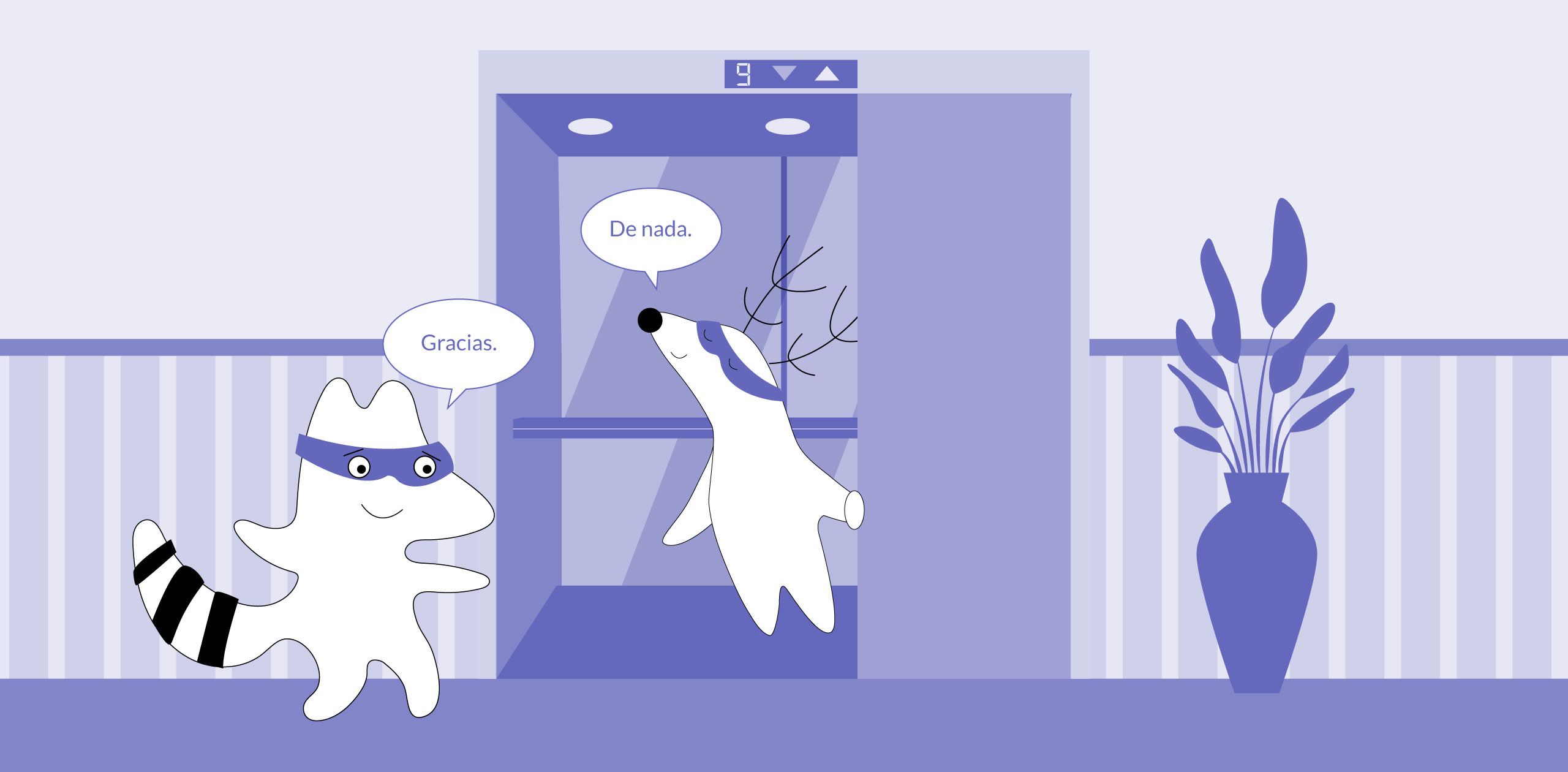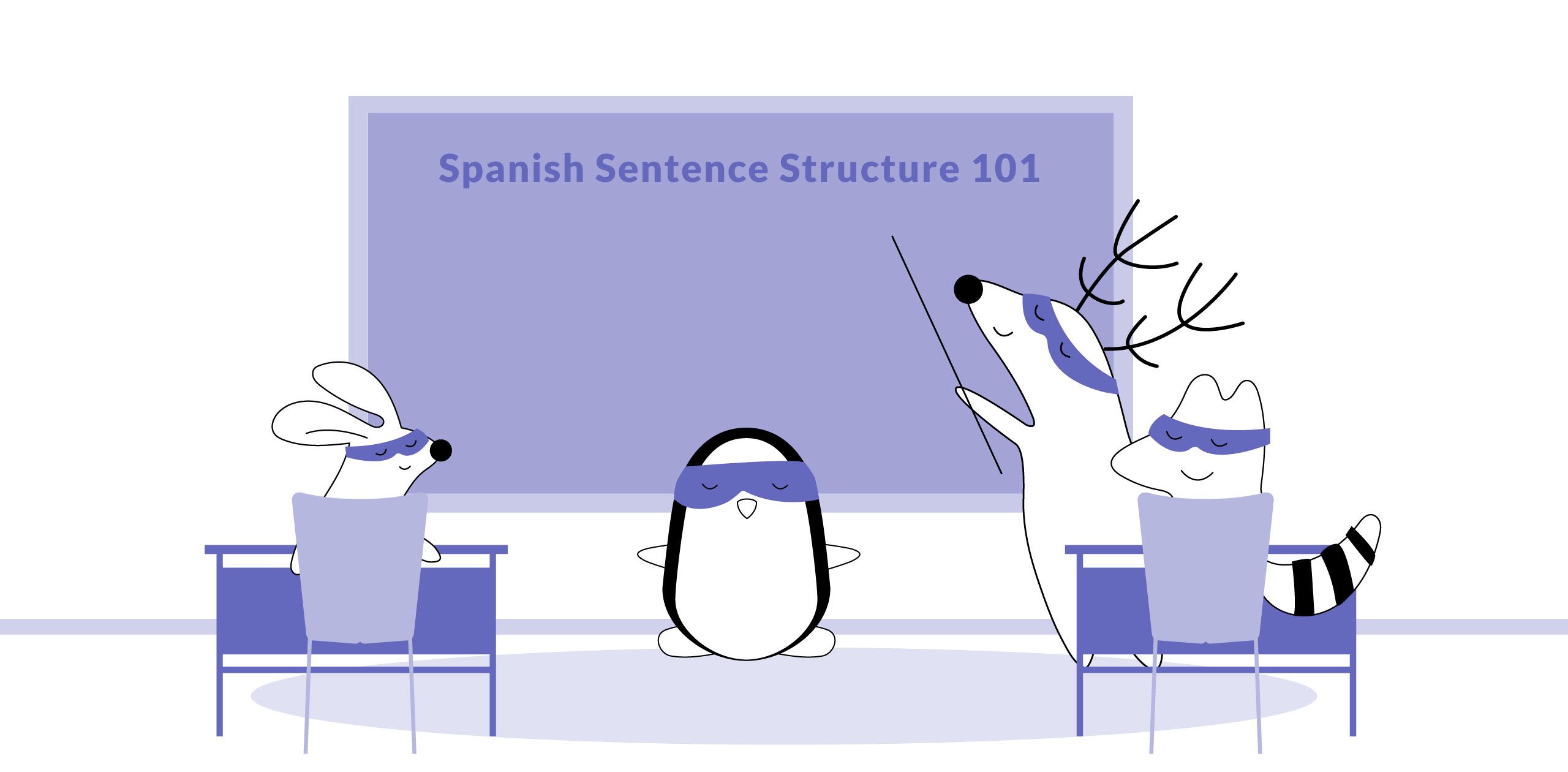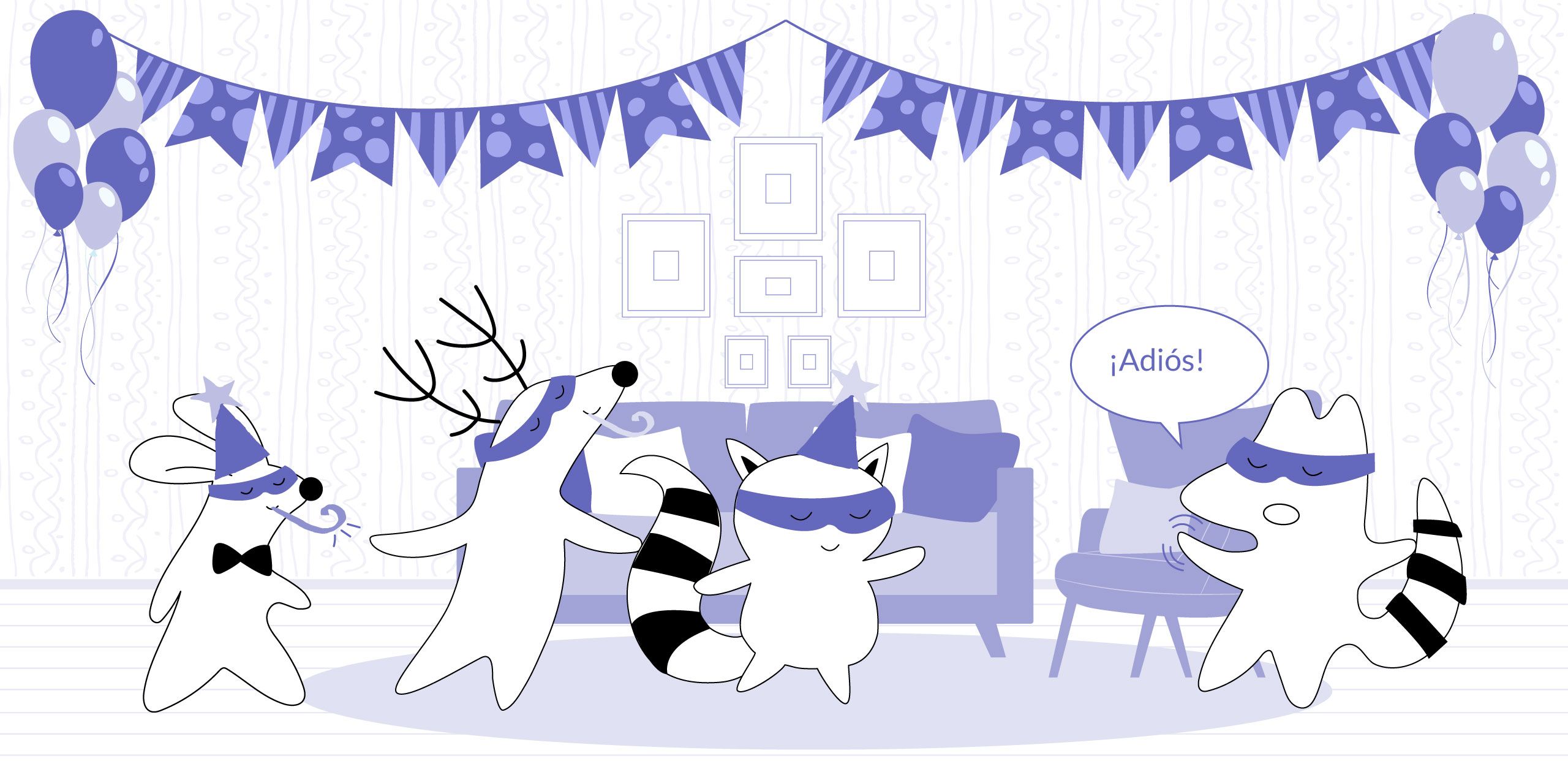
Being able to greet someone in the morning with confidence is an important part of connecting with locals in Spanish speaking countries. Fortunately, there are many different ways to say "good morning." Each expression has a unique meaning and connotation, so it's important to distinguish them and choose the right one for the situation.
Whether you’re working with native Spanish speakers or thinking about moving to a Spanish speaking country, exploring different ways to greet someone in the morning will allow you to expand your Spanish vocabulary and boost your language fluency.
From Hola to ¿Cómo estás? you will find a list of some of the most common expressions used to greet someone in the morning, along with their translations, meanings, and examples of their use. Check it out!
Buenos días
When greeting someone in the morning, you can use the expression buenos días. This is a formal version of saying "Good Morning". You typically use it when addressing someone you don't know well, or someone who is older than you. Buenos días means "good morning", and it is used to wish the person a good day.
Native
Translation
Buenos días, señor/señora
Good morning, sir/madam
If you want to greet someone right after waking up or when you are both in a good mood, you can say ¡Buenos días, sol! It's similar to saying "good morning, sunshine!" in English.
Native
Translation
¡Buenos días, sol!
Good morning, sunshine!
Other ways to say "good morning" in Spanish include buen día, hola, and ¡buenos días! Each of these words can be used on their own to greet someone in the morning. You can also use these at any other time of day, so you can use them instead of buenas tardes for “good afternoon” and “good evening” and Spanish buenas noches goes for “good night.”
Hola
Hola is the Spanish version of "Hello," and it can be used for both morning and afternoon greetings. While hola is one of the most versatile Spanish words, it is considered to be more informal than other greetings, so it might not be the best choice for a formal setting.
Native
Translation
Hola
Hello
Encantado/a de conocerle
If you want to make a good impression, you can say encantado/a de conocerle. You can use this phrase when you are meeting someone for the first time, and in English it means "Pleased to meet you".
Native
Translation
Encantado/a de conocerle.
Pleased to meet you.
Mucho gusto
Another way to say "Nice to meet you" in Spanish is mucho gusto. This is another phrase you can use when you are meeting someone for the first time, or when you are reintroducing yourself to someone.
Native
Translation
Mucho gusto.
Nice to meet you.
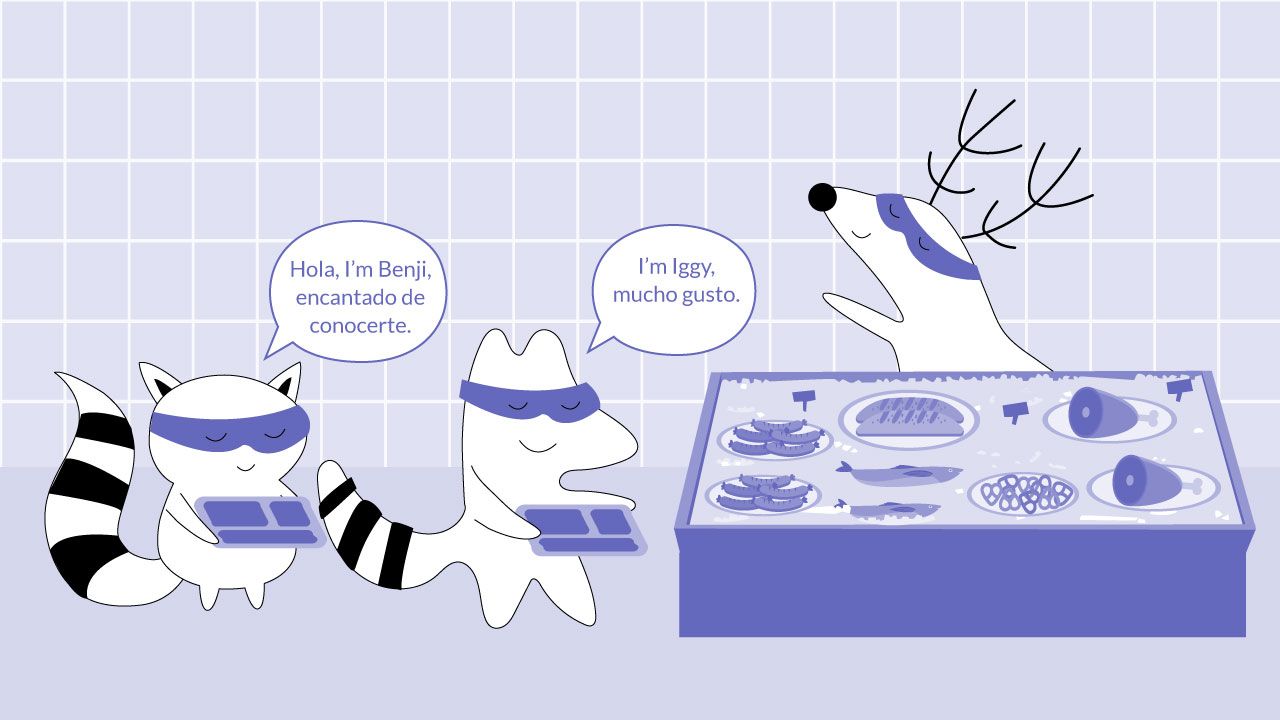
Saludos
An additional formal way to say "Good morning" in Spanish is saludos. This Spanish word is used as a general greeting, and can be used for both morning and afternoon. Saludos means "greetings", and it is used as a standalone word or as part of a phrase.
Native
Translation
Con mucho gusto, saludos.
It's nice to meet you, greetings.
¿Durmió bien?
This Spanish expression literally means "Did you sleep well?" but its meaning is much more nuanced. It's used in situations where you want to comfort someone or ask your loved ones how they're feeling.
Native
Translation
¿Durmió bien?
Did you sleep well?
It's typically used in a friendly, casual setting and is often used as a greeting. You can use it with people you know well, such as family and friends.
¡arriba!
This expression is used to encourage someone to get up or to cheer them on. People use it in a variety of situations, from encouraging a friend to get out of bed in the morning to cheering on a sports team.
Native
Translation
¡arriba!
Get up!
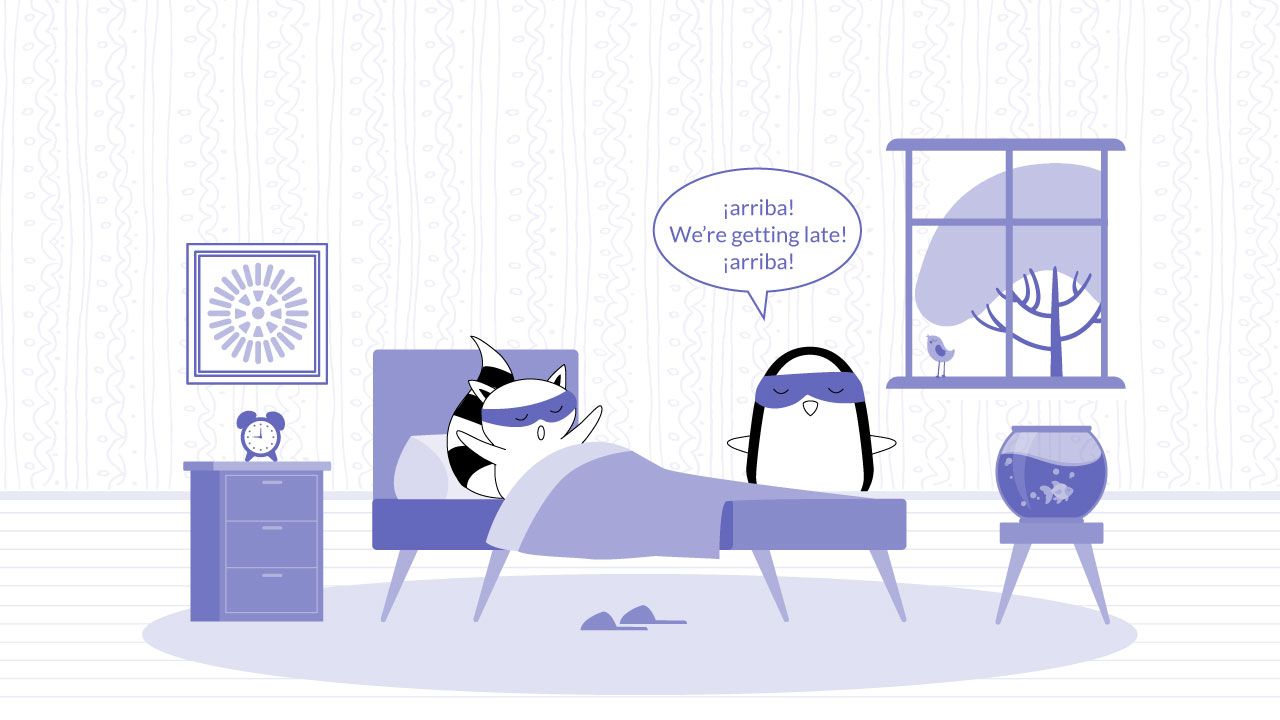
Que tengas un buen día
If you want to wish someone a good day, you can use the phrase que tengas un buen día. This is a very common way to say "good morning" in Spanish-speaking countries and can be used with anyone, from friends and family to co-workers and strangers.
Native
Translation
Que tengas un buen día
Have a nice day!
If you want to emphasize that you hope the other person has a good day, you can use the expression ojalá que tengas un buen día. Ojalá is a word that's often used in Spanish phrases to express hope, so this expression literally means "Hope you have a nice day."
Native
Translation
Ojalá que tengas un buen día.
Hope you have a nice day.
¿Cómo está?
If you want to ask someone how they are doing in the morning, you can say ¿Cómo está? This expression is used as a general question but includes the formal pronoun for “you,” and In English it would be "How are you?" or "How's it going?"
Native
Translation
¿Cómo está?
How are you?
Alternatively, you can say ¿Cómo estás? if you want to ask the same, but informally.
¿Qué tal?
You can also ask ¿Qué tal? to find out how someone is doing. This expression is used in the same way as ¿Cómo estás?, and can be translated to "What's up?" or "How such?"
Native
Translation
¿Qué tal?
What’s up?
¿Cómo te va?
This is a common way to say “How are you?” in Spanish, but it can also be used as a way to greet someone in the morning. This greeting is best used with friends, family, and other people you know well. It’s a casual way to ask “How is it going?” and can be used in both casual and serious settings.
Native
Translation
¿Cómo te va?
How’s it going?
If you want to ask someone how their day is going, you can use the expression ¿cómo te va el día? This is a common way to start a conversation in Spanish and can be used with anyone, from friends to strangers.
If you're looking for a more polite way to ask how someone's day is going in Spanish, you can use the expression ¿cómo le va el día? This expression is typically used with people you don't know well, like co-workers or new acquaintances.
Native
Translation
¿Cómo te va el día? ¿Cómo le va el día?
How’s your day going?

¿Qué hay de nuevo?
This expression literally means "What's new?" in English and is very common among friends. You can use it with someone you know well, like a close friend or family member. However, you can also use this phrase when you're not sure what to say but want to acknowledge the other person's presence.
Native
Translation
¿Qué hay de nuevo?
What’s new?
Dándole las buenas tardes
Another common way to greet someone in the morning in Spanish is dándole las buenas tardes. In English, this phrase means "greeting the good afternoon," but it can also be used to say "good morning."
Native
Translation
Dándole las buenas tardes.
Greeting the good afternoon.
Dándole las buenas tardes is a bit more formal than ¿Qué hay de nuevo?, so it's typically used with people you don't know well, like co-workers or new acquaintances.
¡Qué hermosa mañana!
Spanish speaking people use this to describe something or someone beautiful. So, if you want to say "good morning" in Spanish and emphasize that the weather is nice or the day is particularly beautiful, you can use the expression ¡qué hermosa mañana! This is another very common way to greet someone in Spanish.
Native
Translation
¡Qué hermosa mañana!
What a beautiful morning!
¡Qué agradable mañana tenemos!
This expression’s literal translation is "What a nice morning we have!" and Spanish speakers use it when the weather is nice. It can also be used to describe other pleasant things, like good days, a good cup of coffee, or a beautiful view. This is another common way to say "good morning" in the Spanish language and can be used with anyone.
Native
Translation
¡Qué agradable mañana tenemos!
What a nice morning we have!
The Bottom Line
The expressions we've listed above are some of the most common Spanish phrases used to greet someone in the morning. However, there are many other Spanish phrases you can use depending on your needs. Just remember to choose the right expression for the right situation, and you'll be sure to make a good impression!
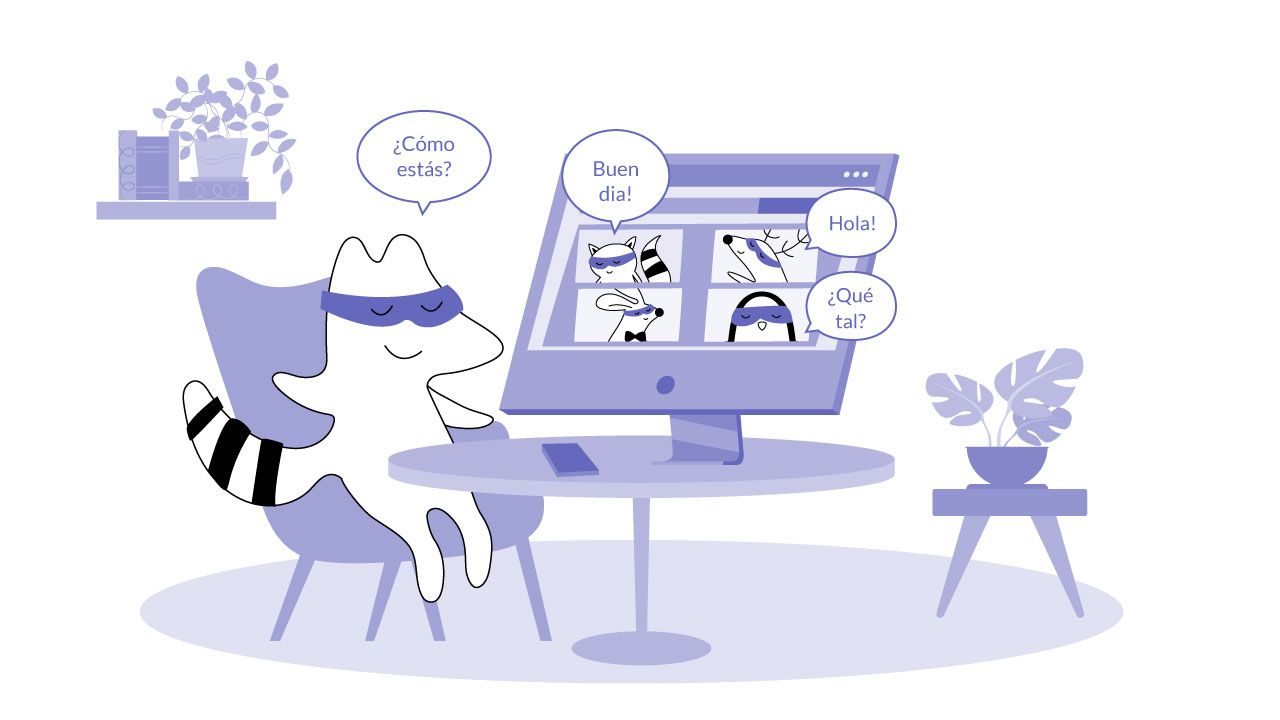
And don't forget, you can always mix and match these expressions to create your own unique way of saying "good morning" in Spanish. You can also download our Langster app and find even more ways to greet a Spanish speaker in the morning, depending on the situation. ¡Que tengas un buen día y hasta mañana!







